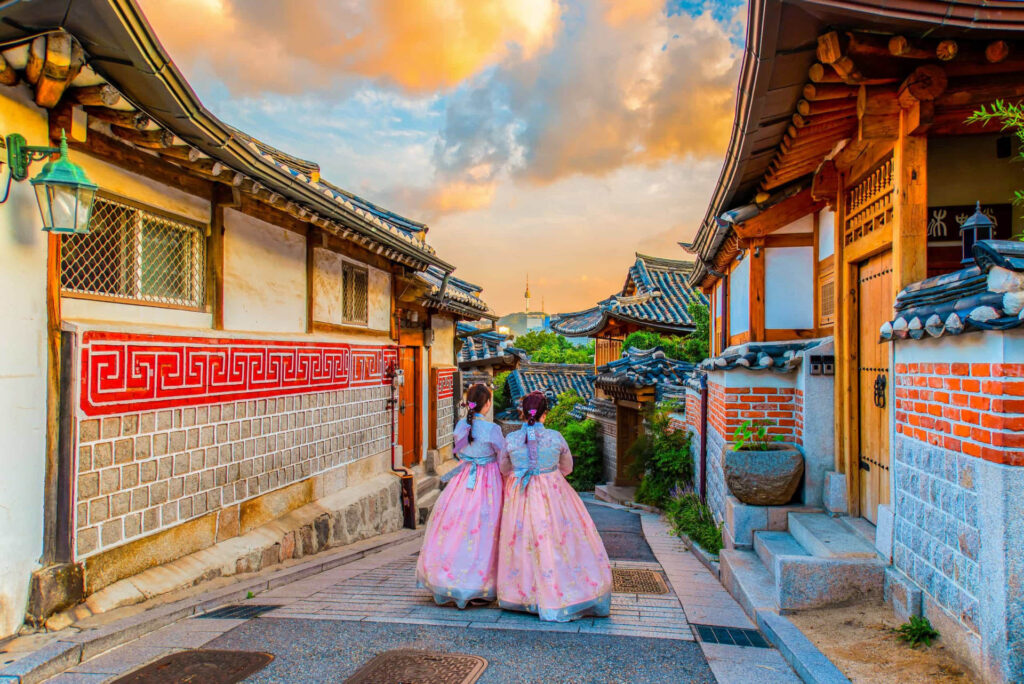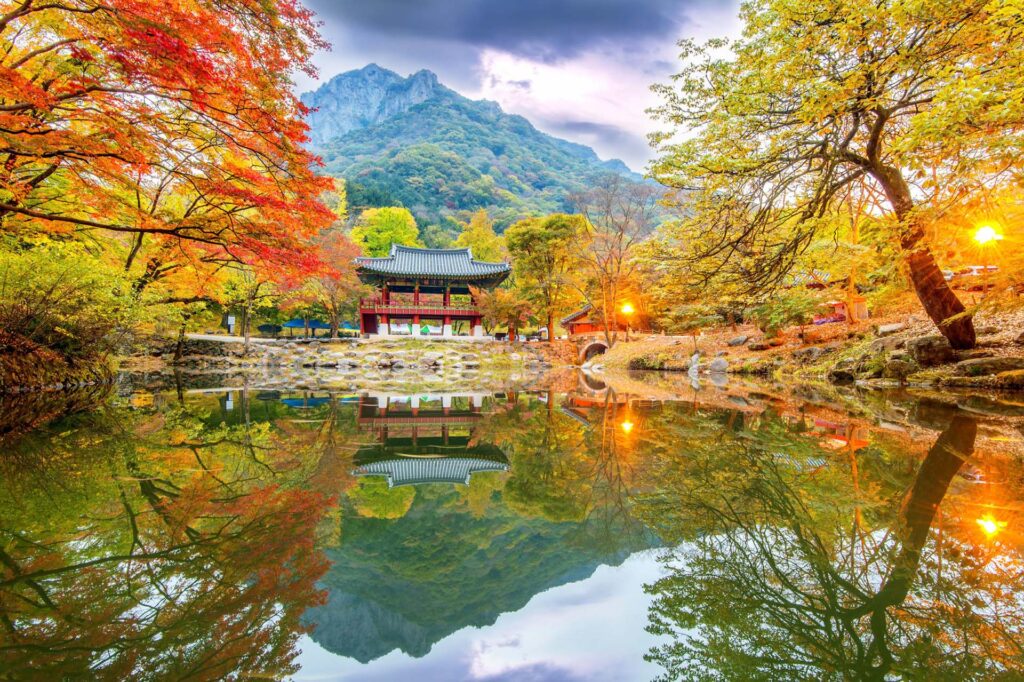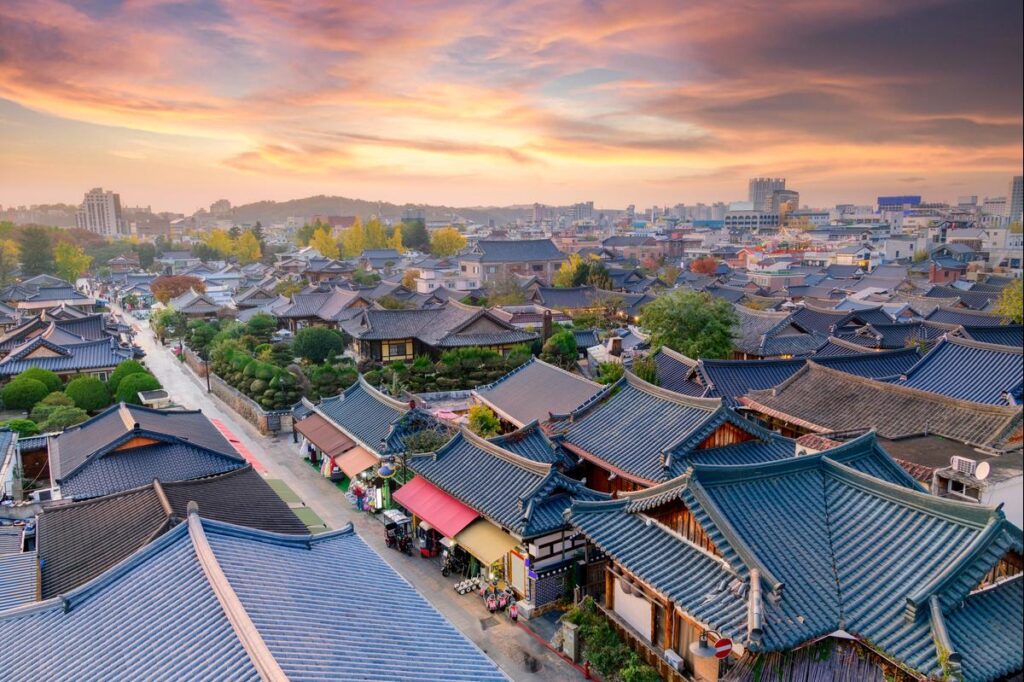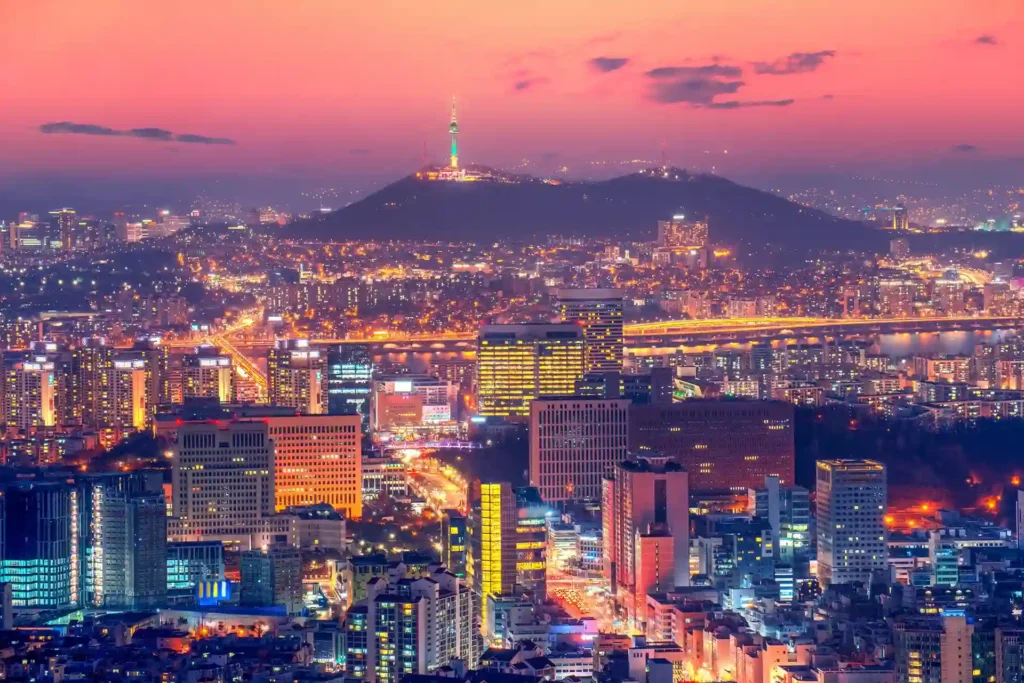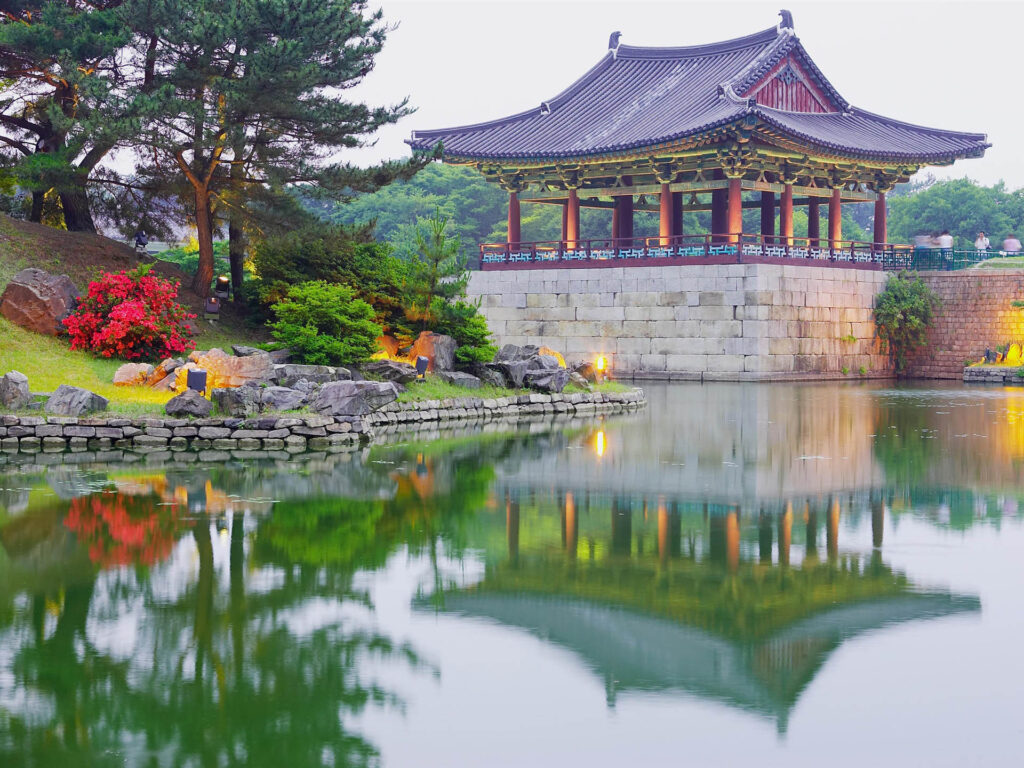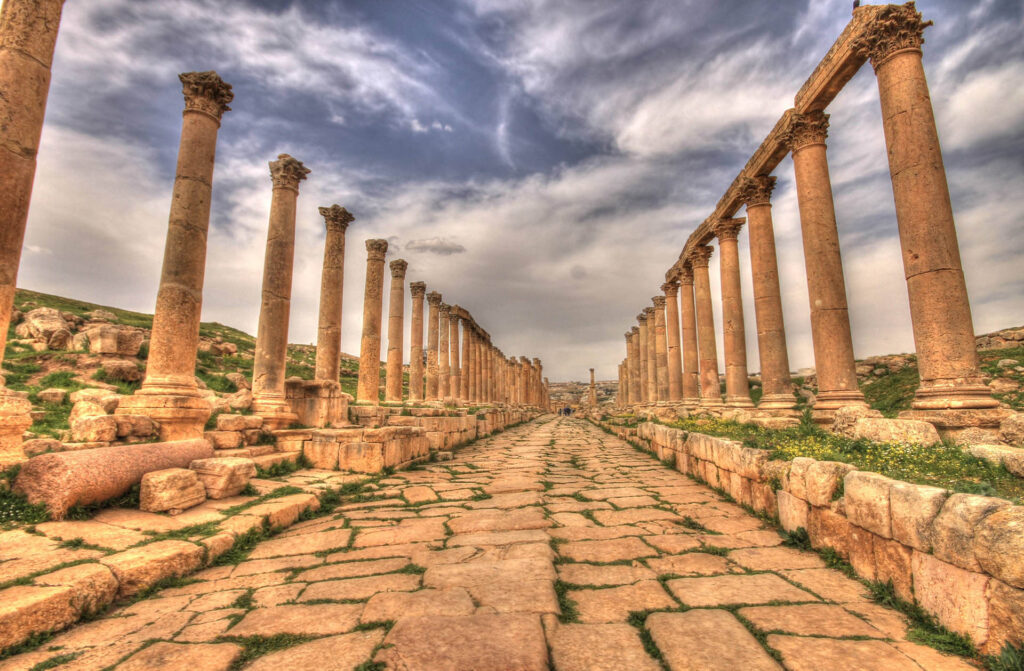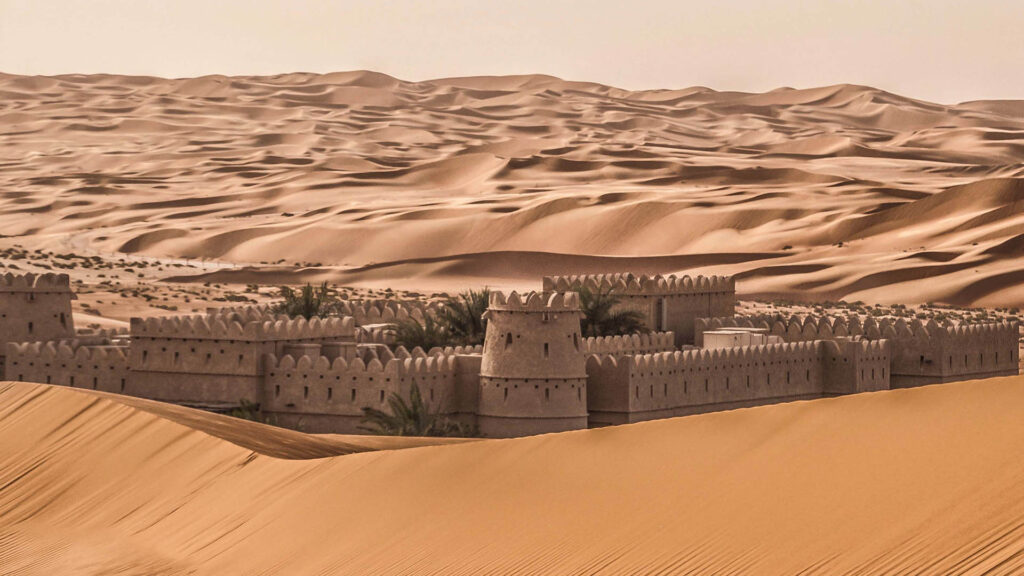Introduction
George Town is a colorful and culturally diverse city located on the northeastern coast of Penang Island in Malaysia. With over 500 years of history as a trading port under colonial rule, This incredible city evolved into a melting pot of Asian and European cultures. In 2008, the historic city centre was inscribed as a UNESCO World Heritage Site in recognition of its ‘unique architectural and cultural townscape without parallel anywhere in East and Southeast Asia’.
Today, This incredible city
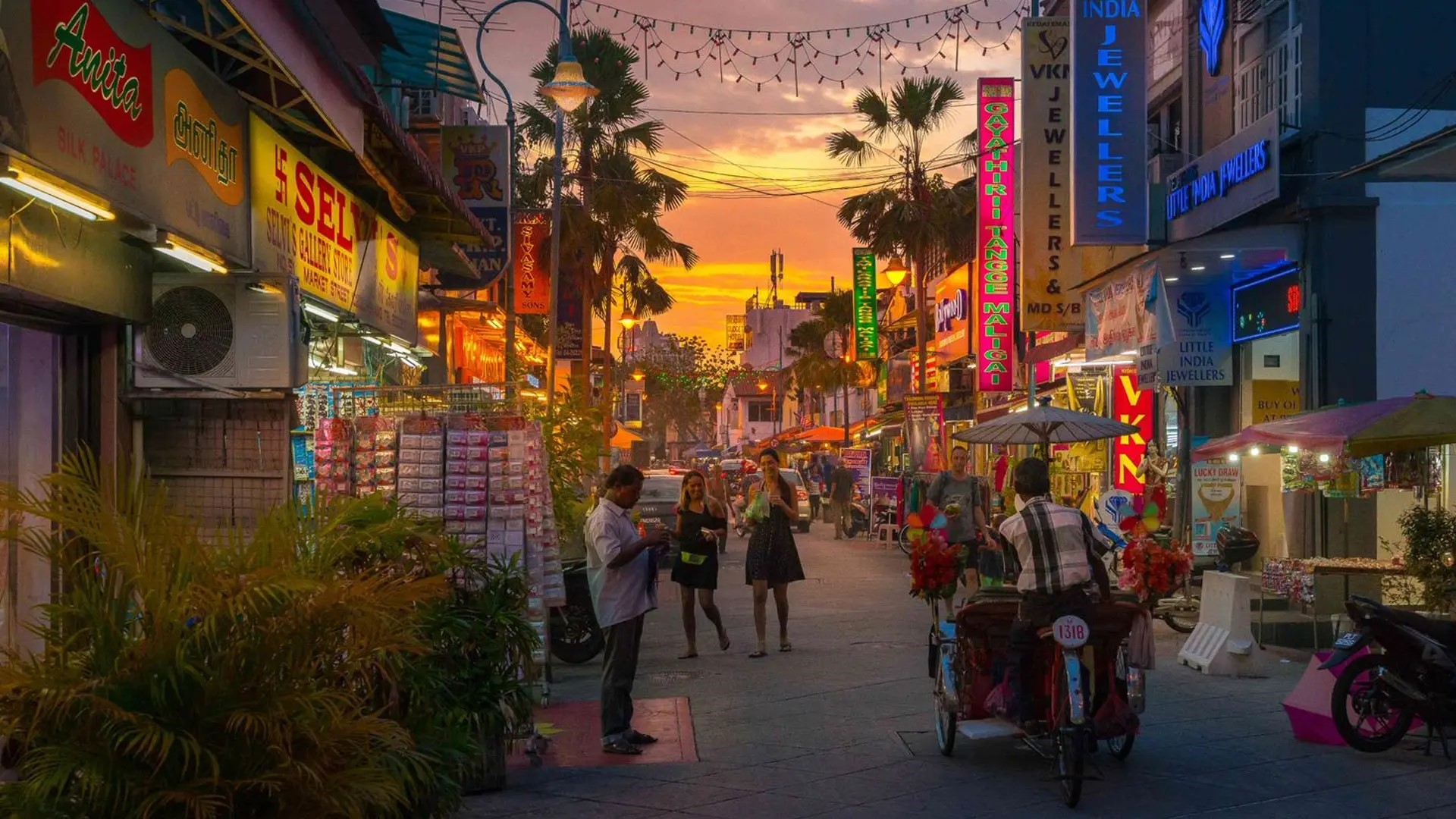
still retains its cosmopolitan charm through its blend of traditional shophouses, places of worship, art galleries and street art. It offers visitors a glimpse into Malaysia’s multi-ethnic society and its diverse heritage.
History and Development
From a Trading Outpost to British Settlement
The history of George Town began in 1786 when Captain Francis Light of the British East India Company landed on Penang Island. He established a trading post on the northeastern tip of the island and named it George Town after King George III of Britain. Its strategic location along the trading route between India and China enabled George Town to quickly develop into an entrepôt for spice trade and other commodities.
As the first British settlement in Southeast Asia, This incredible city served as the base for Britain’s expansion in the Malay Peninsula. The city attracted merchants and immigrants from across Asia as well as Europe. This influx of diverse cultures, together with colonial architecture built by the British, shaped the unique landscape of George Town.
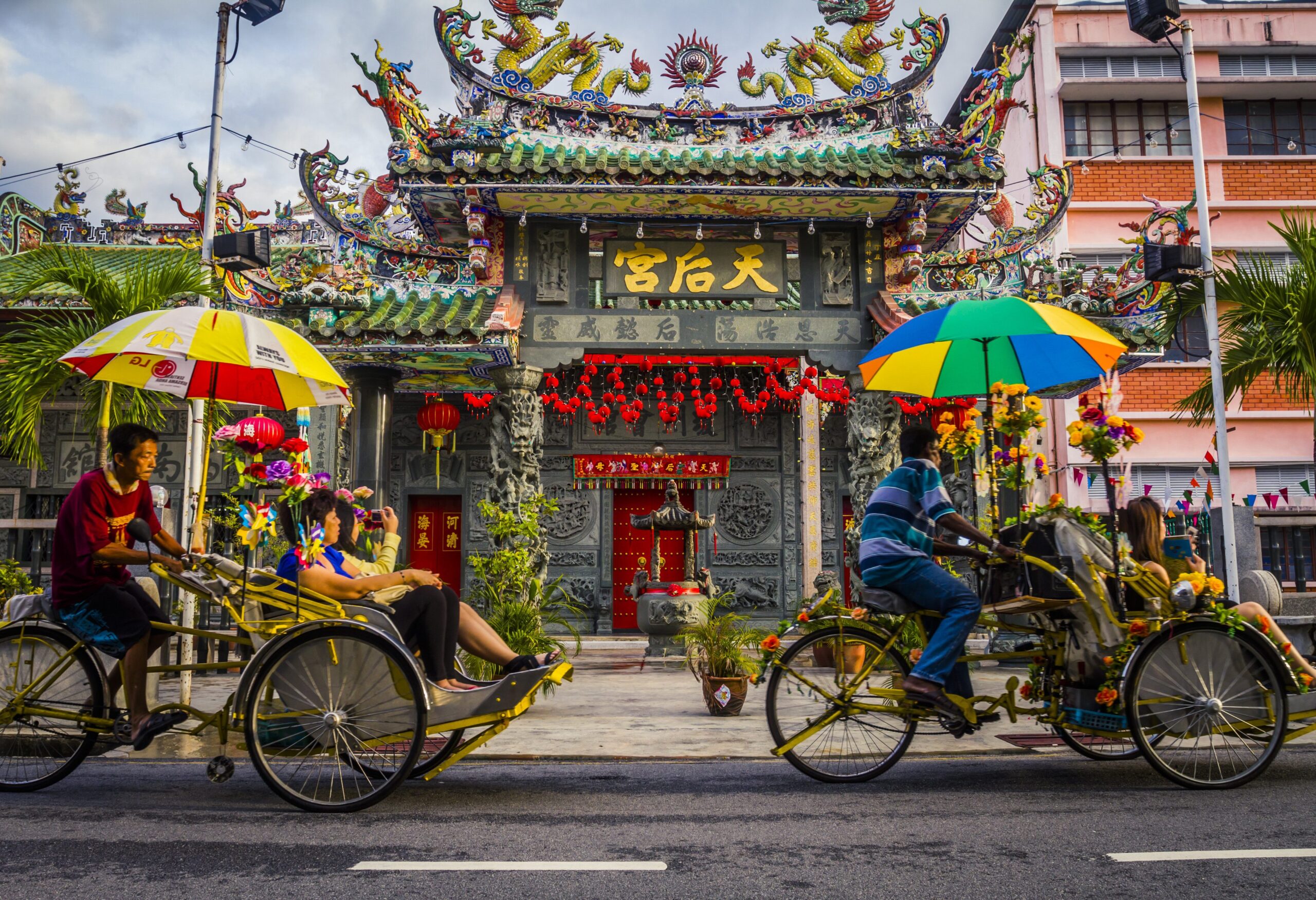
World War II and Post-Independence
During World War II, George Town fell under Japanese occupation between 1942 and 1945. Some damage was inflicted on the city’s buildings during the war. After the withdrawal of the Japanese, George Town remained under British rule until Malaysia’s independence in 1957.
Post-independence saw This incredible city continue to thrive as an important industrial and financial hub in Malaysia. However, rapid urbanization and neglect of heritage buildings led to the decay of the city’s historic centre. This prompted the need for conservation efforts in the 1990s to preserve George Town’s cultural assets.
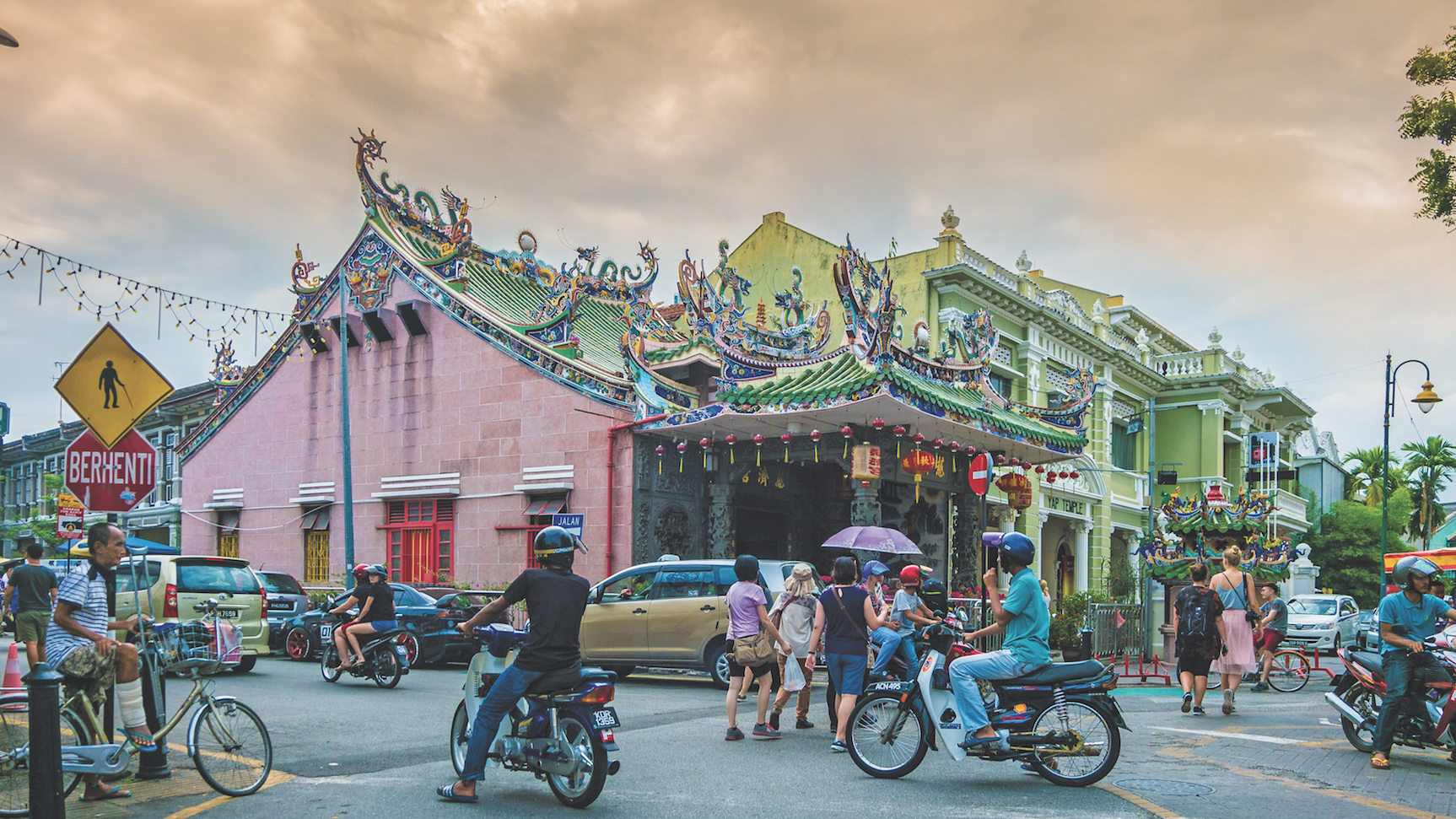
George Town as a UNESCO World Heritage Site
In recognition of George Town’s outstanding universal value, UNESCO inscribed a 109 hectare site in the city centre as a World Heritage Site in 2008. It met three criteria – for its mixed cultural influences, unique architecture, and vibrant multicultural maritime trading city.
The inscribed site, also called the George Town Historic City Centre, contains one of Southeast Asia’s most intact historic city centres. Its major attributes include:
- Historic architecture – Over 6000 historic buildings reflecting George Town’s development from the 18th to 20th centuries. This includes Chinese shophouses, European mansions, Indian townhouses, mosques, temples and churches.
- Multi-ethnic streetscape – The city’s diverse immigrant communities have left their mark through the streetscape. Chinese kongsi houses, Indian spice shops, European colonial buildings, Peranakan townhouses and Malay kampungs can be found within the site.
- Living heritage – Traditions, festivals, trades and cuisine representing the city’s different cultural groups are still evident in George Town. It is a functioning historic city centre where heritage and modernity coexist.
UNESCO status strengthened heritage protection in George Town and stimulated urban renewal and conservation efforts in the city. Annual festivals like the George Town Heritage Celebrations were started to promote arts, culture and community. Interest in George Town’s history and unique architecture also increased tourism to the city after the World Heritage inscription.

What to See and Do in George Town
George Town rewards visitors with a rich sensory experience through sights, tastes and cultural attractions across its World Heritage Site.
Explore the Historic Shophouses
One of George Town’s most iconic architectural features are rows of pre-war Chinese shophouses. Built starting from the early 19th century, these two to three-storey shophouses feature shoplots on the ground floor and residential spaces above. Distinctive architectural styles include Chinese baroque facades and air wells in the interior for ventilation and light. Historic trades like rattan weaving and joss stick making can still be observed in some shophouses.
Visit the Clan Jetties
The Clan Jetties are unique waterfront settlements built on stilts over the sea. Home to the Chinese immigrant community, residents belong to six clans, with each clan having its own jetty. The wooden houses topped with red roofs at the Clan Jetties transport visitors back to old Penang. It offers glimpses into artisanal trades, traditions and daily community life.
Explore Street Art
Inspired by the shophouse murals by Ernest Zacharevic in 2012, street art flourished in This incredible city. Take a street art walking tour to discover wall murals depicting local life and culture. Snap photos with iconic street art pieces like the bicycle kids mural and the boy with pet dinosaur mural. Look out for street art around historic buildings, adding splashes of colour to the streets.
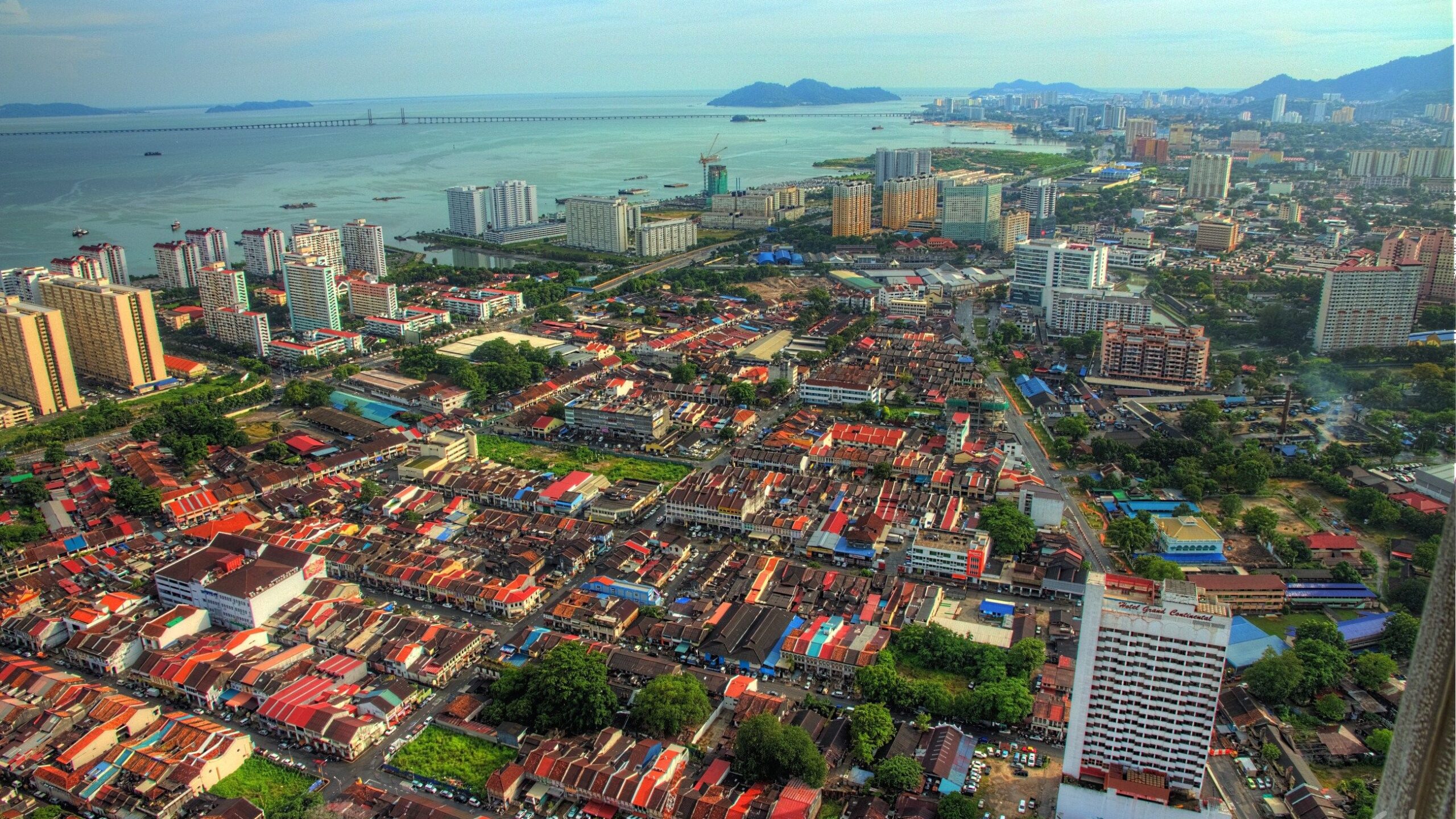
Visit Heritage Museums
Learn more about George Town’s history and cultural diversity through museums housed in historic buildings. Notable ones include the Pinang Peranakan Mansion presenting Peranakan history and culture, and the Penang State Museum exhibiting artifacts from the city’s different communities.
Indulge in Street Food
George Town is considered Malaysia’s street food capital. Indulge in Chinese hawker fares, Indian Muslim cuisine and Peranakan specialties. Food stalls fill the narrow streets, with famous ones found at New Lane, Kimberley Street and Gurney Drive. Must-try street food include asam laksa, char koay teow, Hokkien mee and curry mee.
Experience Festivals
Due to its diverse cultural influences, George Town celebrates some of Malaysia’s most unique and vibrant festivals. Catch dragon and lion dances, parades and street performances during Chinese New Year. Celebrate the Water God Festival in April with cultural activities at the Clan Jetties. The annual George Town Festival in July-August showcases performing arts, literature, films, gastronomy and heritage events.
Final Thoughts on George Town
George Town’s unique history forged its present-day status as a culturally diverse UNESCO World Heritage city. The historic city centre provides an intimate glimpse into authentic Malaysian street life and heritage dating back centuries, where ancient trades and cultural practices continue to thrive. Both visitors and locals can rediscover George Town’s rich living heritage through its architecture, multi-ethnic communities, food, and festivals. By balancing heritage conservation and modern development, This incredible city retains its charm as one of Southeast Asia’s most vibrant and cosmopolitan historic cities.

